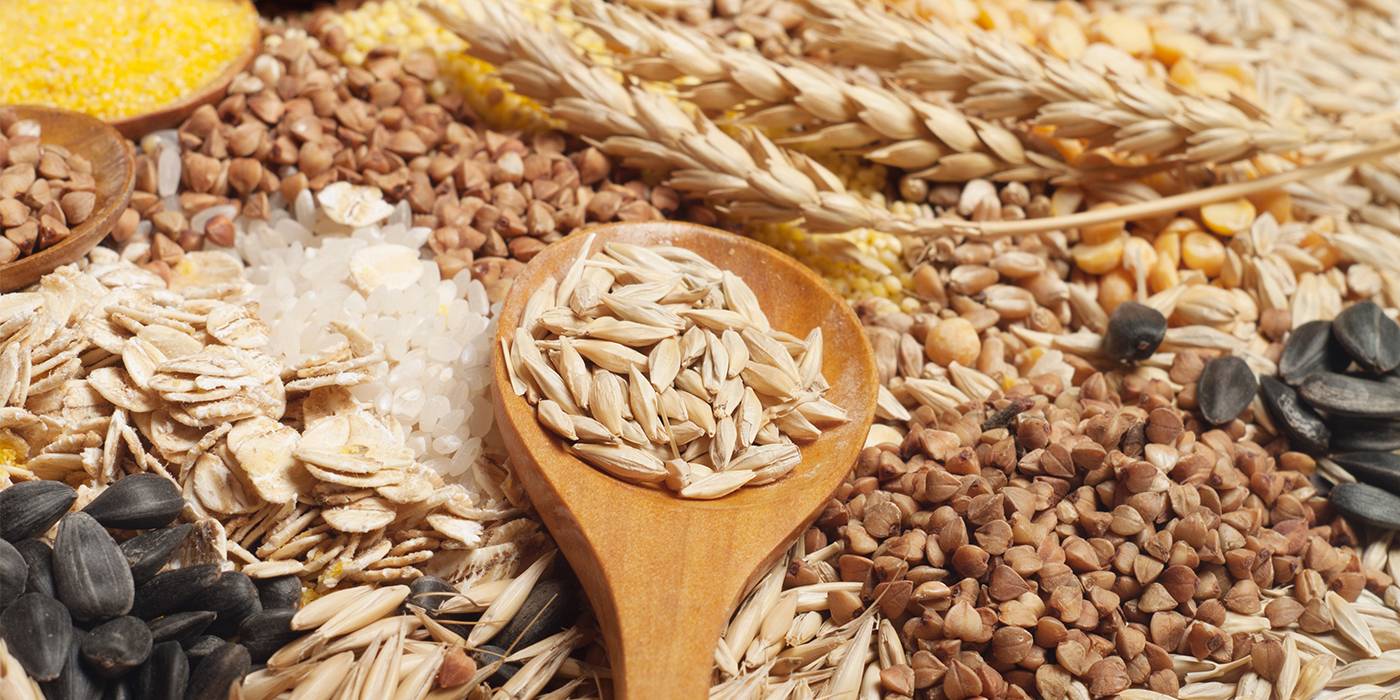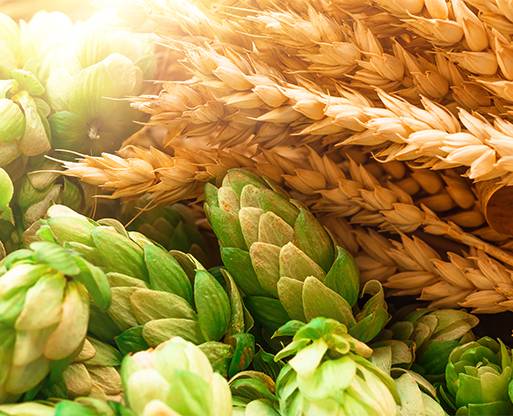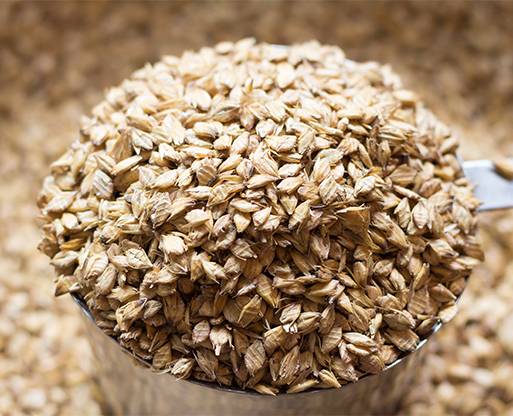Beer ingredients

Julio Cerezo - Beer Sommelier
Director of Sabeer Beer Academy
We are all familiar with the ingredients of beer. The main ingredients in any recipe are water, cereals, hops and yeast, although depending on the country and the brewer, other ingredients such as fruit, syrups or spices may be added to these four. Let's see what role each of these ingredients plays in obtaining a quality beer and what influence they have on its final flavour.
Water
It is the main ingredient by volume, always exceeding 85% of the total. It serves as the basis for integrating all the aromas and flavours of the other ingredients and, although it may seem very obvious, we must not forget that it marks perhaps the most distinctive feature of beer: that of being a beverage.
The characteristics of water from rivers, wells or springs with their different mineral contents have defined the styles that could be brewed in each region, throughout history. Today, technology allows any brewer to adjust his local water to make a Pilsen or a stout, even though the two require very different waters.

Cereals
By grinding and mashing them in hot water, we produce a sweet wort that will form the basis of any recipe. Barley is the most commonly used cereal and forms part of all beer styles in a percentage that usually ranges from 50% to 100% of the total grainHowever, it is not the only one, and can be accompanied by others that contribute different characteristics, such as wheat (freshness and a certain acidity), corn or rice (lighter body), rye (spicy touches) or oats (smoothness on the palate).
An important term that often causes confusion is malt. We call malt any cereal that has been subjected to certain conditions of humidity and temperature to cause its partial germination and thus transform the starch in the grain into sugars that can be fermented by yeast. This is why we brew beer from barley malt and wheat malt, and not from these grains directly. The malting process can be completed by roasting the grain more or less, which will influence the colour, aroma and flavour of the beer.

Hops

Added during the wort boiling process, hops are responsible for the bitterness in the beer, providing a counterpoint to the sweetness of the grain.It also plays an important role in the aroma, providing herbal, fruity, floral and earthy notes depending on the variety. Centuries ago, hops gradually ousted many other plants from brewing because of their qualities as a natural preservative.
Hops have revolutionised today's brewing scene with the emergence of exotic varieties, which are the result of crossing classical plants with some wild ones. These varieties provide a huge range of aromatic notes that until recently were unlikely to be found in beer, such as mango or passion fruit.
Yeast
A microscopic fungus responsible for fermentation, a process in which it digests the sugars in the wort to produce the alcohol and carbon dioxide gas that characterise all beer..
There are many different strains of yeast and each gives rise to a different beer profile, but we tend to group them into 2 main families, Lager and Ale. Lager or bottom-fermenting yeasts carry out the fermentation process at temperatures of around 10ºC, while Ale Ale yeasts do so at around 20ºC. The latter also tend to produce fruity and spicy aromatic compounds that give more complexity to their styles.

References
Now that you have a first approach to the main ingredients of beer, we suggest some references to discover their influence on flavours and aromas:
- San Miguel Selecta (6,2%) here you will appreciate the flavour of its 3 different types of roasted malts, with notes of grain and caramel.
- Birra & Blues Hoppy Flower (7,5%) %): with all the aromatic prominence of its Citra and Mosaic hops, and a characteristic bitterness at the end of the drink.
- Robinsons Trooper (4,7%) a British special bitter with smooth fruity notes from its ale yeasts. Refreshing and easy to drink despite the heavy look of its label.
Cheers!
What do you think about?
Share comments, opinions and tricks with the Community







